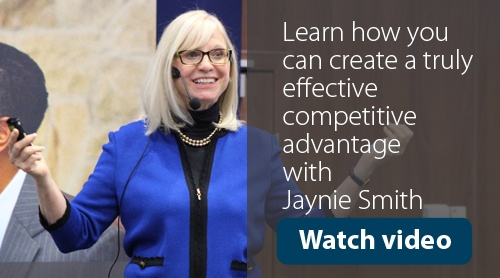
We don’t know if you’ve noticed but there is a lot of advertising and marketing fluff out there. Nielsen data tells us that you’ve actually encountered about 3000 branded messages today alone. Can you remember them all? On the back of the bus, landed in your inbox, on the equipment in front of you – somewhere in the world, a marketer was hoping you would notice these branded messages.
Chances are you only noticed ten of these branded messages and five of those rubbed you the wrong way. So why is that?
We’re going to let you in on a little secret, something that most marketers miss. It’s a tool called Predatory Marketing. Get ready and strap in for this two part series, where we’ll delve into what makes Predatory Marketing and how companies of all shapes and sizes use it to win.
Why Predatory Marketing?
I blame traditional marketing. Usually when we position our brand we focus on “satisfying the customers’ needs”. That’s ok if the need isn’t satisfied but once you’ve reached a mature market or your category has multiple competitors, it’s safe to say that those needs have been met.
The big issue in marketing is the 5/9ths Rule – the unfortunate fact that when you talk the same as your competitors (how you satisfy a need) your hard-earned advertising dollars end up boosting the leaders’ share of the market.
Think of this situation: You walk past a tv screen and there’s an ad for hamburger showing. You didn’t quite catch the logo at the end, but you’re certain it must be for... McDonalds. Or there’s an ad for a dark fizzy drinks, it must be for... Coca Cola. Both are examples of the 5/9ths Rule.
What is Predatory Marketing?
Predatory Marketing says our job is no longer to satisfy the customers’ need. Instead we need to figure out which competitor has our money and our customers. Then you’ll need a message that strikes at the weaknesses that arise out of that competitors' greatest strengths. A message strong enough to get your money back.
That’s Predatory Marketing in a nutshell. It’s all about switching – and it’s the killer app for gaining market share. We'll now be looking at how the big boys of marketing employ Predatory Marketing tactics. These brands fight and fight hard for their market share.
People who say competitive advertising does not work obviously have not seen the world’s most loved brand in action. Brand slagging is rarely a good idea, but if you can make human comments on a real insight and deliver it in an endearing way - you win.
Target: The first step is to ask “Who’s got your money?” In this case, it’s PCs.
Greatest Strength: We then ask, what is their greatest strength? Well, PCs are part of an open ecosystem. This ecosystem allows for cheap components from anyone and everywhere to be swapped in and out.
The weaknesses that arise from their strength: The effectiveness of Predatory Marketing comes from strike at the weakness that arises from their greatest strength. In this case, the issue is that cheap components rarely speak to each other or connect without problems. A lot of problems.
Relative advantages: Apple products work out of the box. First time. Every time.
Creative Execution: The “I’m a Mac and I’m a PC ads” went viral, with one of the world’s biggest brands using Predatory Marketing.
Here’s another example, Kentucky Fried Chicken:
McDonald’s doesn’t lead the chicken category. They need to say why you should have a McChicken over KFC. KFC have made McDonald’s job much harder with some cracking predatory work.
Target: McDonald’s
Greatest strength: They have processes for everything - it’s a systemised business.
The weaknesses that arise from their strength: They process the chicken too.
Relative advantages: KFC only use whole chicken pieces. There’s less of a disconnect from the poultry to the plate and consumers can have more faith in eating a quality product.
Now that you’ve seen how the global brands use Predatory Marketing, it’s time to have a go at it yourself. In our next and final instalment of the Predatory Marketing series, we will look at the 5-step process to create a Predatory Marketing campaign. In the meantime, for more case studies and information about Predatory Marketing head over to Step Change, the Australian specialists in Predatory Marketing.
More from Vistage:


